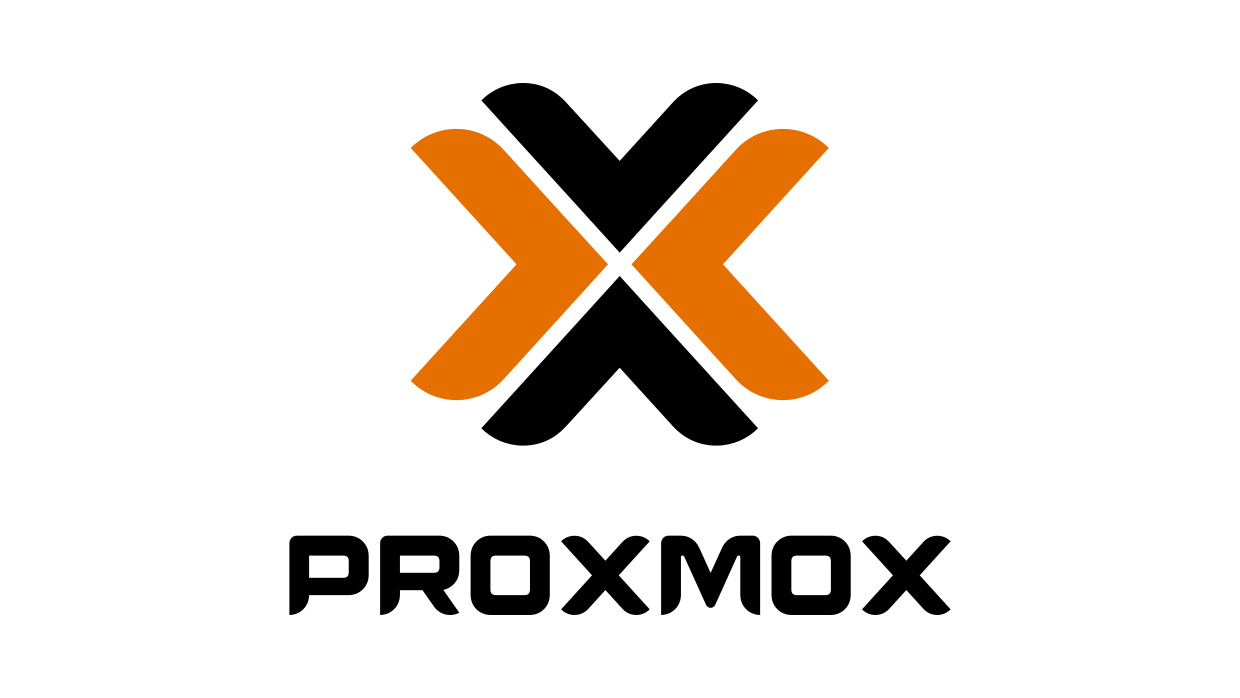Yeah, I still use the latest readarr builds with both ebooks and audiobook, and with rreading-glasses they still work. I am also in the chaptarr discord and got access to the alpha build, which looks really promising. Still rough around the edges, though.
- 5 Posts
- 74 Comments

 1·23 days ago
1·23 days agoOn the phone app you go to Library -> People -> “Add a name” at the top.

 2·25 days ago
2·25 days agoHaha, thanks :)
Well, I don’t use any social media (besides Lemmy), so that helps :) There are a couple of Whatsapp group chats where I rarely participate, but I muted those, so I don’t get any alerts.

 4·25 days ago
4·25 days agoI do, and not only on Lemmy, but also Whatsapp, Teams, email etc. It’s the fear of screwing up and/or missing out, and a wave of anxiety combs over me when I see a number >0. I’ve been talking with my therapist about it, there are reasons and methods to overcome this…

 47·29 days ago
47·29 days agoI grew up in a rough communist regime. I was really young when I overheard my parents talking about how the “supreme leader” was bad and things were starting to boil the next town over. There was nothing on TV or radio. Innocent me just asked my dad like, if he’s that bad, why don’t they just arrest the guy? They didn’t realize I actually understood what they were talking about. I can still remember, to this day, 36 years later, how the soul left my parents’ body in an instant, and we had a looong conversation about how I should never say anything like that ever again. People disappear when they talk like that, and “you don’t want your mum and dad to go away, do you”?
A few months later there was a nation wide uprising, people died, the regime fell, and they actually arrested the guy.

 0·2 months ago
0·2 months ago
Client availability is valid. I use an android tv, that’s been easy for me. There are mobile clients for every phone and tablet.
- I don’t know what smart collections are, but I do get automatic collections for franchises (like all “28 x later”) via a plugin. I don’t have playlists, but I guess I never felt the need for one… What would you use them for, binge watching franchises?
- skip intro and credits is a thing, built in since a few versions (used to be a plugin)
- the UI is subjective, and I don’t know any other one… I personally like how it looks, I customized quite a bit, easy to do via CSS.
I’ve never used Plex. What are some of the features that you’re missing in Jellyfin? Genuinely curious.
My “servers” are headless, in the basement, so even if I’m home, it’s still remote :D
It’s always good to read the docs, but I often skip them myself :)
They have this nifty tool called
pve8to9that you could run before upgrading, to check if everything is healthy.I have a 3 node cluster, so I usually migrate my VMs to a different node and do my maintenance then, with minimal risks.

 2·3 months ago
2·3 months ago1200h in PZ and 1000h in Rimworld. This was across many years, but still, I have a job and a family, so I feel like that’s a huge chunk of time.
This was my starting up machine. Of course, an nvme makes sense, especially running windows on it. I went for Proxmox, and now I have 4 different machines, a cluster of 3 similar sffs, and a chunkier boi with an i7, 64gb ram and a quadro gpu. This one was the most expensive, around 250€.
Beware, this is how it starts. From a single machine in my office, I went to a mini Datacenter in my cellar, with 4 “servers” (micro-pcs), two Nas devices, a raspberry pi cluster, a dell wyse cluster, new switches and access points, and so much more :))
you can get away with half that. i run my setup (similar to what you wrote) on a dell micro sff with an i5 6500t and 16gb ram that i paid 90€ for. not the snappiest, but works just fine.

 2·4 months ago
2·4 months agoThis is Fairphone’s website. I’m not that anal about it, doesn’t bother me too much, but I did see it on several websites, and I’m just confused…

 3·4 months ago
3·4 months agoI’m not saying it should include English, I was just using it for clarification. I think each language / country should be in the native language.
I only realized the list is a region selector after it was pointed out to me. Maybe this proves my point, I didn’t know what the button I pressed was for :) Having the region/country name in the website language does make sense. Language names however…
Flags do help, but there are none in this example (mobile or desktop version). Sometimes flags can be confused too (Romania, Moldova, Chad).
I don’t have a solution, and I’m not the usual ranter, I mostly post in the cooking community :)

 8·4 months ago
8·4 months agoYou are right, it is a region switcher. I didn’t realize that, maybe because the “change region” button was in a language I didn’t know? :)

 1·4 months ago
1·4 months agoMay I ask what you mean by NixOS support? There’s a docker compose you could use in their repo…


It doesn’t have to be that high…